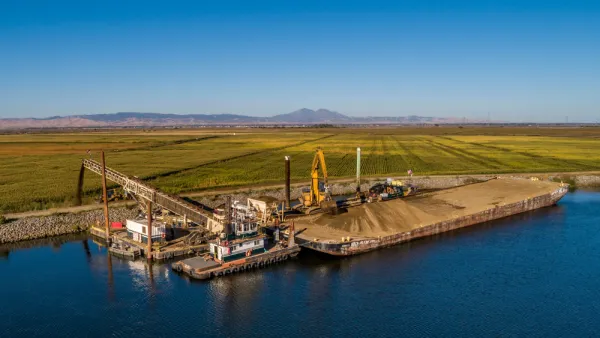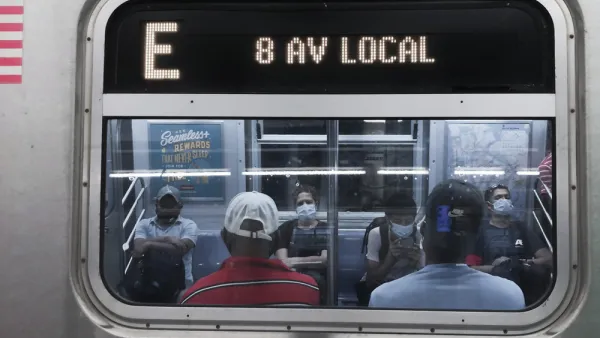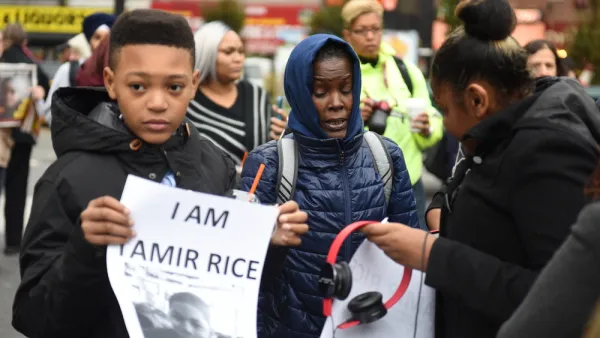Being a person of color in the United States means being physically vulnerable to both environmental hazards and police violence, two professors argue.
UC Davis professors are exploring the connections between police killings of black Americans and toxic environmental conditions. In a forthcoming article, they argue that "place and environment matters when discussing police violence," reports Brentin Mock in CityLab.
Environmental hazards are overly concentrated in communities of color, where police violence has also been persistently protested.
The authors propose understanding U.S. racism as "an embodied experience of structural, environmental insecurity." Professor Lindsey Dillon adds:
"Toxic exposure is also a form of slow violence and slow death… For many people, the lived experience of police violence and toxic exposure—these different forms of physical vulnerability both live together. We have to think of them together instead of thinking of them separately."
Mock offers context in anticipation of the article, touching on the police killings of Freddie Gray in Baltimore (where he, like Korryn Gaines, struggled with lead poisoning) and Eric Garner in New York (who suffered from asthma, a condition whose distribution is racialized across New York and the U.S.), among others.
FULL STORY: How Environmental Injustice Connects to Police Violence

National Parks Layoffs Will Cause Communities to Lose Billions
Thousands of essential park workers were laid off this week, just before the busy spring break season.

Retro-silient?: America’s First “Eco-burb,” The Woodlands Turns 50
A master-planned community north of Houston offers lessons on green infrastructure and resilient design, but falls short of its founder’s lofty affordability and walkability goals.

Delivering for America Plan Will Downgrade Mail Service in at Least 49.5 Percent of Zip Codes
Republican and Democrat lawmakers criticize the plan for its disproportionate negative impact on rural communities.

Test News Post 1
This is a summary

Test News Headline 46
Test for the image on the front page.

Balancing Bombs and Butterflies: How the National Guard Protects a Rare Species
The National Guard at Fort Indiantown Gap uses GIS technology and land management strategies to balance military training with conservation efforts, ensuring the survival of the rare eastern regal fritillary butterfly.
Urban Design for Planners 1: Software Tools
This six-course series explores essential urban design concepts using open source software and equips planners with the tools they need to participate fully in the urban design process.
Planning for Universal Design
Learn the tools for implementing Universal Design in planning regulations.
EMC Planning Group, Inc.
Planetizen
Planetizen
Mpact (formerly Rail~Volution)
Great Falls Development Authority, Inc.
HUDs Office of Policy Development and Research
NYU Wagner Graduate School of Public Service





























